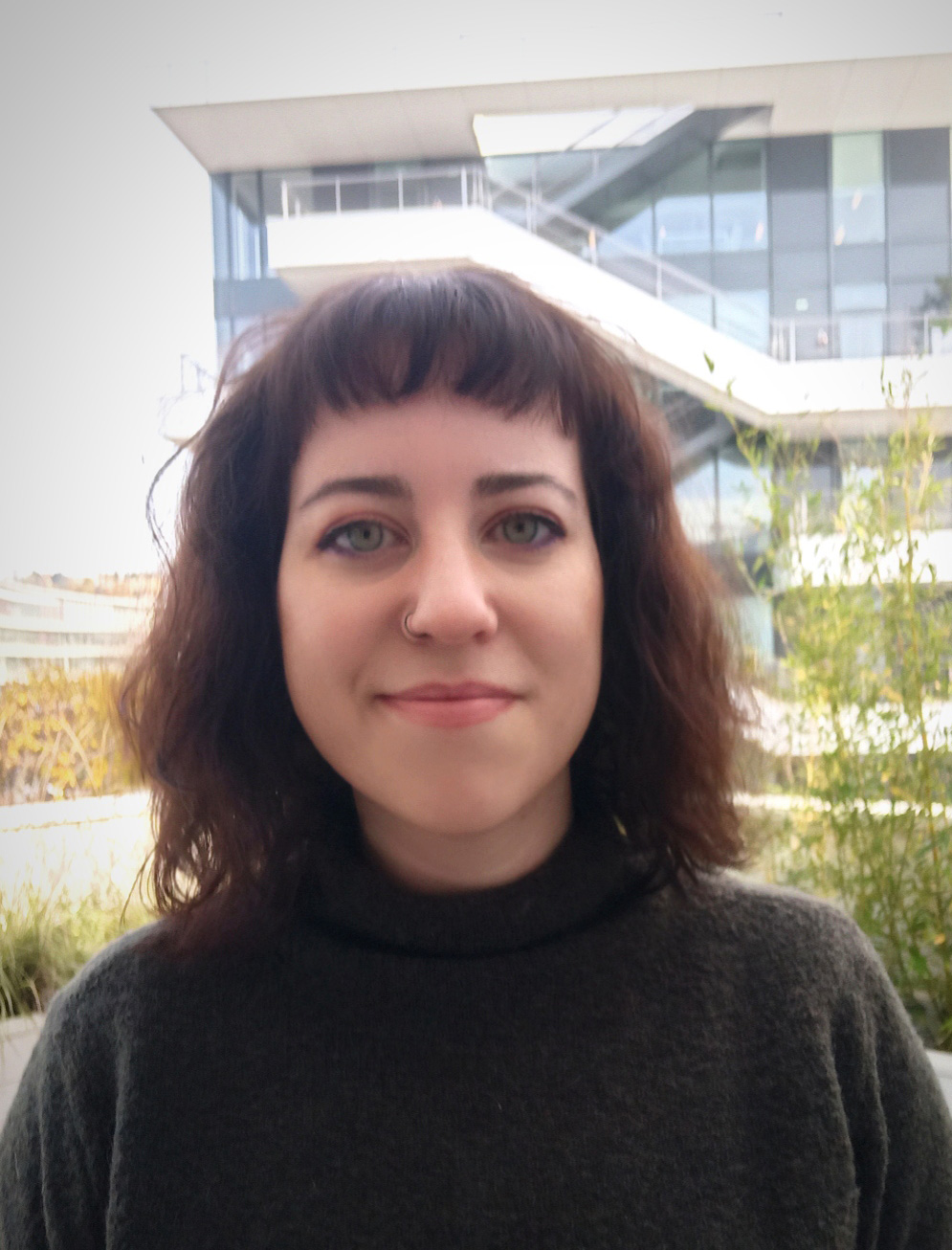Soutenance de Thèse : Alba Almazán
| Quand ? |
Le 12/12/2022, de 14:00 à 17:00 |
|---|---|
| Où ? | Amphi de Physique (Schrödinger) |
| S'adresser à | Alba Almazán |
| Participants |
HOULISTON, Evelyn, DR CNRS, Laboratoire de Biologie du Développement de Villefranche-sur-Mer IMEV, Rapporteure; SOLANA, Jordi, Professeur, Oxford Brookes University, Rapporteur; DELATTRE, Marie, DR CNRS, LBMC ENS de Lyon, Examinatrice; KONSTANTINIDES, Nikolaos, CRCN CNRS, Institut Jacques Monod, Paris, Examinateur; AVEROF, Michalis, DR CNRS, IGFL ENS de Lyon, Directeur de thèse; PARIS, Mathilde, CRCN CNRS, IGFL ENS de Lyon, Co-encadrante. |
| Ajouter un événement au calendrier |
|

Le 12 décembre, Alba Almazán de l'équipe de Michalis Averof soutiendra sa thèse intitulée :
"Exploring cell diversity and fidelity in crustacean limb regeneration using single-nucleus RNA sequencing"
Résumé :
The ability to regenerate injured or amputated body parts is widespread in the animal kingdom. Highly regenerative species can restore organs with complex architectures and multiple differentiated cell types, such as external appendages, internal organs or, in some cases, the entire body from tiny tissue fragments. Single-cell sequencing technologies have opened a new way to answer old questions on the cellular composition and dynamics of regenerating tissues at single-cell resolution. During my thesis, I implemented this method in the emerging model system Parhyale hawaiensis to investigate the catalog of cell types found within the legs and to assess the fidelity of regeneration. Pahryale legs are small but complex tissues surrounded by an impermeable cuticle, which presents a challenge for extracting intact cells. After several trials and optimization, I established a single-nucleus RNA sequencing (snRNA-seq) approach, which diminishes the bias in recovering heterogeneous cell populations compared with single-cell methods. Sequencing the nuclear transcriptome of intact limbs allowed me to identify distinct clusters of nuclei, based on their transcriptional profile, reflecting a diversity of putative cell types.
The comparison of datasets from uninjured and post-regenerated limbs revealed that the diversity and proportions of the cell types are faithfully restored during regeneration. Additionally, these datasets revealed a distinct cluster with a strong signature related to the molting cycle. This work establishes the basis for exploring the cell trajectories during regeneration using snRNA-seq, characterizing their dynamics and identifying the progenitor cells.


